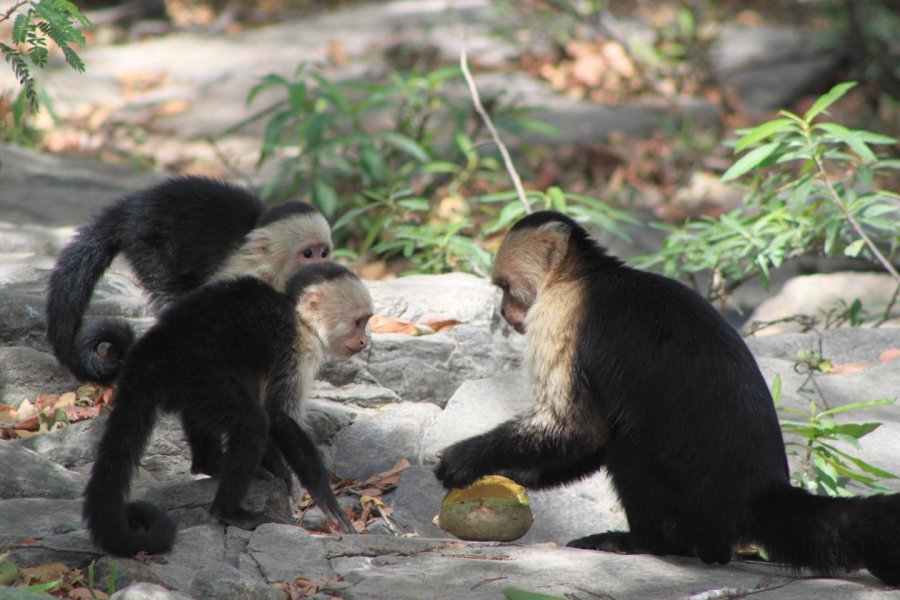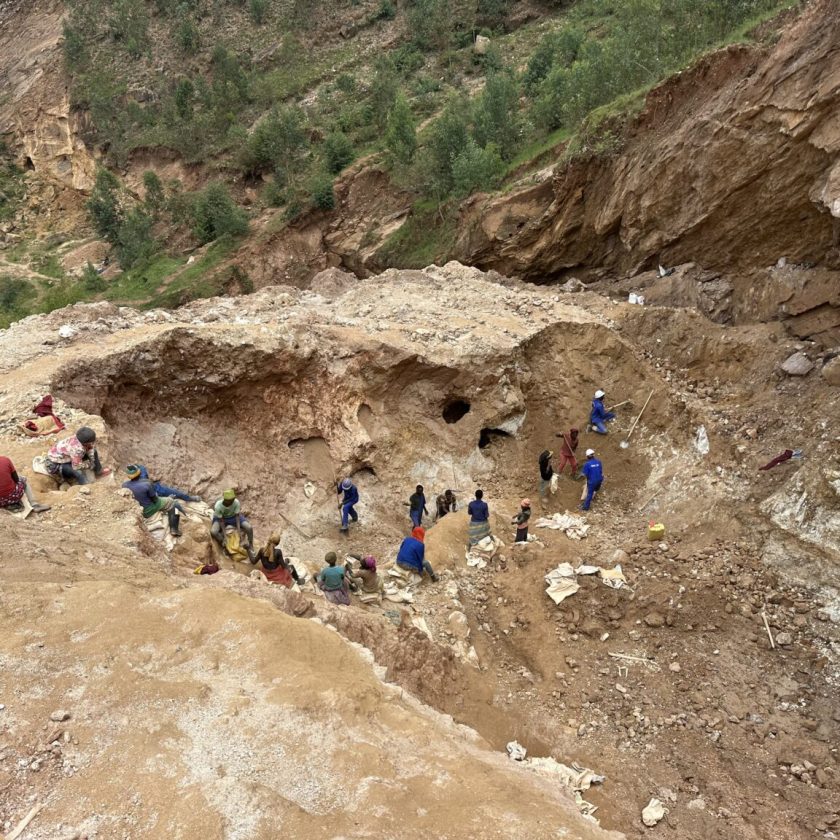Capuchin monkeys learn best-payoff ways to open fruit from others
Wild capuchin monkeys readily learn skills from each other — but that social learning is driven home by the payoff of learning a useful new skill. It’s the first demonstration of “payoff bias” learning in a wild animal, and could inform whether and how animals can adapt to rapidly changing conditions, for example due to climate change or reintroduction of species from captive breeding.
“When animals learn, they can learn very (…)
Capuchin monkeys learn best-payoff ways to open fruit from others
Wild capuchin monkeys readily learn skills from each other — but that social learning is driven home by the payoff of learning a useful new skill. It’s the first demonstration of “payoff bias” learning in a wild animal, and could inform whether and how animals can adapt to rapidly changing conditions, for example due to climate change or reintroduction of species from captive breeding.
“When animals learn, they can learn very quickly,” said Brendan Barrett, a graduate student in animal behavior at the University of California, Davis, who led the study, published June 7 in the journal Proceedings of the Royal Society B. “What are the psychological mechanisms animals use to learn?”
Barrett worked with a population of capuchin monkeys in northwest Costa Rica that was part of a 27-year study by UCLA professor Susan Perry. Capuchins are interesting because they have sophisticated social behaviors, and the kin relationships and early developmental histories of these monkeys were known.
“They explore their world, harvesting food from it,” Barrett said. That includes coming up with new ways to open and harvest hard-to-access fruits and seeds. Unusually for monkeys, capuchins will tolerate other monkeys watching them as they open fruit.
Among the possible hypotheses: Monkeys conform with the group majority; they follow what experienced animals do; they learn from parents or close relatives; or they learn from their own experience.
Barrett and colleagues studied learning strategies in the monkeys by observing how they learned to open the fruit of the Panama tree. The nuts inside these large fruits are well-protected by a hard shell covered in gooey exudate and lined on the inside with stinging hairs.
Typically, a group of monkeys familiar with the fruit will have worked out their own way to open them, Barrett said. That makes it hard to figure out how monkeys learned the technique. Instead, the researchers were lucky enough to find a group of monkeys that had split off from a larger group in 2003 and moved to an area that had no Panama trees. Some of the older animals had experience with different ways of opening the fruit, and some had no experience at all.
High payoff, rapid learning
The researchers found that overall, most monkeys adopted the most efficient technique for opening the fruit — the method with the highest payoff.
“We found that the most efficient technique could spread very quickly through the group, in as little as two weeks,” he said. Even older monkeys that had already mastered one opening technique would pick up another that was more efficient by watching others, Barrett said.
The monkeys used a mix of learning by observation and individual experience to figure out how to open the fruit, they found. Older monkeys tended to rely on their own experience, while younger ones paid more attention to how other animals opened the fruit.
Some monkeys settled on their own technique, even if it wasn’t quite as efficient, but the options they tried were still guided by watching other monkeys.
The study shows that “payoff-bias” learning — guided by which technique is more efficient — may be more widespread in wild animals than previously thought, Barrett said. Understanding how animals learn skills could be important, for example, when considering how to reintroduce captive-bred animals to the wild, or moving a population into a new habitat.





